What You Need to Know About Steam Condensate
In our webinar, Steam Condensate, Important Things to Know, we provide an engaging, informative overview of steam condensate and its critical role in the industry today. The webinar includes a short history of steam condensate, some of the most common problems that arise when utilizing it, solutions to those problems, and a survey of its many modern applications. Below is just an overview of the webinar and we highly suggest watching it in its entirety.
What Is Steam Condensate?
Steam condensate is a liquid that forms when steam transitions from a vapor to a liquid (condensation). During heating processes, condensate forms when steam transfers part of its latent heat energy to the product or line being heated. The saturated steam used in heating applications gives up most of its total heat as latent heat. The rest of the heat in the steam is retained as sensible heat in the condensate.
Condensate Recovery
When condensate forms during heating, systems engage in condensate recovery to recycle this liquid and its sensible heat content, directing it to other processes. As a result of this reuse, facilities benefit from increased energy savings, in addition to reduced make-up water use and chemical treatment.
Specific benefits of steam condensate recovery include:
- Cost savings: Many processes can make full use of condensate, making it a valuable resource whose recovery can save money over time.
- Compliance with effluent restrictions: Some regions may not allow high-temperature effluent to be disposed of in the public sewer system due to potential system damage and environmental impact. In these cases, effluent requires additional cooling processes, which cost facilities more money. Repurposing condensate reduces high-temperature effluent discharge, helping facilities adhere to local restrictions and minimize additional costs.
- Reduced water changes: Minimizing make-up water use means that facilities won’t incur additional spending for water.
- Lower energy consumption in boilers: By transferring condensate to a boiler’s feedback and reducing the need for blowdowns, boilers retain more thermal energy.
- Improved boiler output: When using cooler feedwater, boilers experience a reduced steaming rate, forcing the boiler to consume more energy to heat the water and less to create steam. However, using high-temperature condensate improves the efficiency and output of the boiler.
The History of Steam Condensate
The history section of our webinar discusses the origins of steam research, beginning with Thomas Savery, who invented the first steam engine in England at the end of the 17th century. He developed and patented it for use in pumping wells in 1698. Thomas Newcomen would later refine that invention in 1712, adding water tanks and pump rods so that deeper water mines could be accessed with steam power. In 1778, James Watt further built on these discoveries, employing a gearing system that allowed a steam engine to drive a flywheel to produce rotational power, spurring the development of the steam locomotive.
These inventions, all originating in England, would become the catalyst for the Industrial Revolution and shape the world as we know it today, with steam power playing an instrumental role in a wide range of industries—including mining, chemical processing, petroleum production, textiles, pulp and paper production, and, most importantly, power generation.
The Basics of Steam Condensate
The webinar then describes the basics of steam condensate, answering the question: Why steam? The main advantages of steam stem from its high efficiency and ease of transportation and control, which make it an ideal medium for heat transfer. Steam power is easy to create due to the abundance of water and wide range of heating options available; simply by managing the temperature and pressure of steam, it can be used for much of the work that powers the industrial world.
The three biggest users of steam power today are the power generation, pulp and paper manufacturing, and chemical processing industries; in these sectors, steam is used for all manner of jobs, including automation, dilution, fractionation, quenching, mechanical drive, and stripping.
Common Issues With Steam Condensate
There are some challenges involved in using steam condensate, however. For instance, it’s important to maintain high-quality steam to prevent a variety of pipe and valve issues, as low-quality steam can reduce heat-transfer efficiency by as much as 65%. Also, if CO2 combines with steam condensate, the formation of carbonic acid and CO2 gas may occur, which can cause rapid corrosion. Luckily, this can be managed through the use of steam traps, which keep water separated from the steam. Engineers and plant managers must also consider the line sizing of pipes to prevent condensate collection, as well as the location and configuration of equipment, the insulation methods used, and the types and quality of different valves used for different applications.
Steam Condensate Q&A
Below, we’ll delve into some of the most common questions we receive regarding steam condensate.
Q: Do you propose using traps for all piping loops with low points in offsite piping?
A: Yes. The condensate must be removed from the lines to prevent water hammer or corrosion of the piping itself.
Q: Can you share some guidelines for specifying cracking pressure? Is there a tool one can use?
A: It’s best to work directly with a manufacturer to pinpoint the best low cracking pressure options for your specific application. In-line (silent) check valves typically have a cracking pressure of approximately 0.5 psi. Depending on the condensate return piping layout, a standard cracking pressure (CP) valve may allow excess condensate to accumulate. In these scenarios, a lower CP is ideal; options will vary from manufacturer to manufacturer. At DFT, we offer solutions that allow for a CP as low as 0.1 psi.
Q: Are there any formulas or tables available for steam pipe sizing?
A: We recommend the reference handbook, “Crane Technical Paper No. 410.”
Q: Are low cracking pressure check valves only necessary in certain types of steam systems?
A: Low cracking pressure valves should be used for condensate return lines, not main steam lines. Also, low CP valves will help reduce the accumulated condensate in return lines.
Learn More About Steam Condensate With DFT Inc.
Steam condensate and its recovery can benefit facilities in multiple ways. By reducing waste and recycling condensate for boilers and other processes, you can benefit from increased energy efficiency, lower resource consumption, optimized boiler performance, and reduced overall costs.
Want to learn more about steam condensate and the advantages of steam condensate recovery? We discuss all of these matters and more in our comprehensive online webinar and the multiple slides accompanying the presentation. View DFT’s prerecorded webinar today.





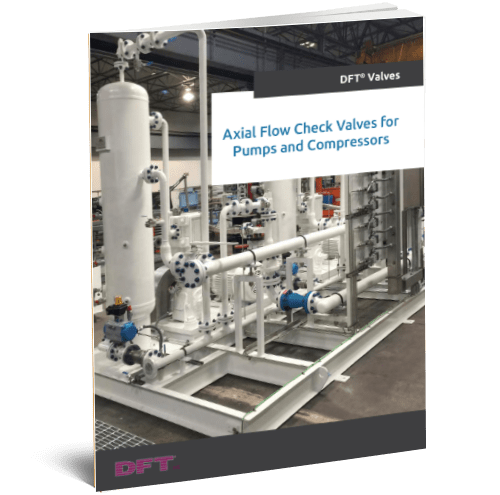
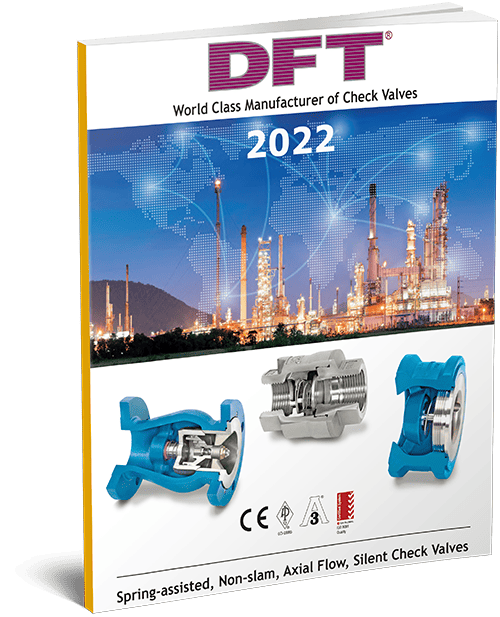
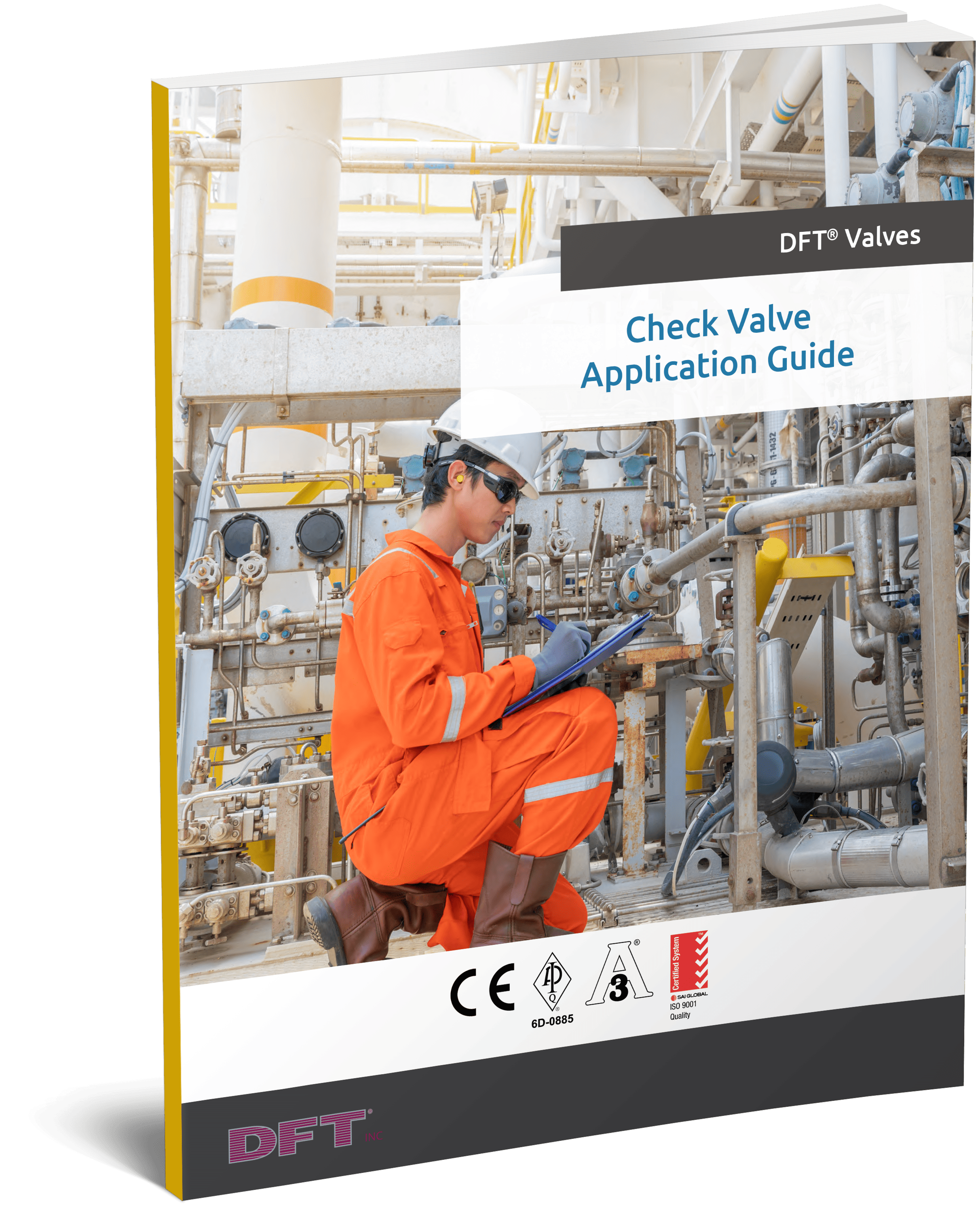

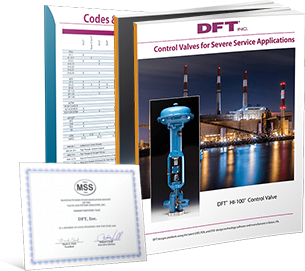
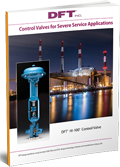
Comments are closed